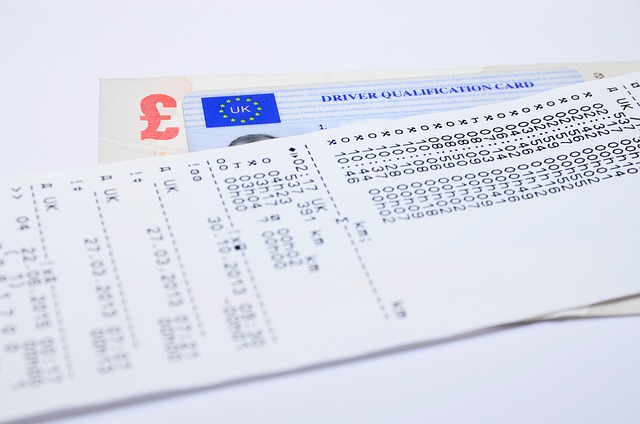Cargo damage protection is crucial for swift and fair dispute resolution, empowering shippers and carriers to identify liability, determine coverage, and initiate claims efficiently. It begins with thorough documentation, including immediate notifications, meticulous inspections, and detailed records. Effective resolution requires clear communication, prompt incident reporting, and understanding insurance policies. Preventive measures like robust packaging, secure loading, staff training, industry standards, and advanced tracking minimize loss or damage, streamlining the claims process, reducing financial losses, and strengthening business relationships by demonstrating a commitment to dispute prevention.
Resolving disputes over cargo loss or damage claims is a complex yet crucial aspect of international trade. This article provides a comprehensive guide to effective dispute resolution, focusing on cargo damage protection. We explore foundational concepts like understanding cargo damage protection and its role in setting the stage for successful claim management. Through step-by-step guides, strategic insights, and preventive measures, this resource equips stakeholders with tools to navigate the claims process efficiently, minimizing future risks.
Understanding Cargo Damage Protection: The Foundation for Dispute Resolution

Cargo damage protection is a crucial foundation for effective dispute resolution in the event of cargo loss or damage. It refers to the various insurance policies, guidelines, and legal frameworks designed to safeguard the financial interests of both shippers and carriers. By understanding these protections, parties involved in shipping can navigate disputes more efficiently.
Knowledgeable shippers and carriers armed with a solid grasp of cargo damage protection can swiftly identify liability, determine coverage limits, and initiate claims processes. This proactive approach ensures that any discrepancy or harm to the goods is addressed promptly, minimising potential escalations and facilitating fair resolutions.
Documenting and Evaluating Claims: A Step-by-Step Guide

Documenting and Evaluating Claims: A Step-by-Step Guide
The first step in effectively resolving disputes over cargo loss or damage claims is thorough documentation. This begins with immediate notification of the issue to all relevant parties, including the carrier, consignee, and insurance provider. All communications should be documented, along with any evidence such as photos, reports, and witness statements. Next, conduct a meticulous inspection of the damaged goods, noting the extent of the harm and taking measurements if necessary. Detailed records of these initial steps are crucial for supporting subsequent claims.
Evaluation of the claim involves a systematic analysis of the documentation gathered. This includes verifying the authenticity of evidence, checking insurance policies for coverage, and assessing the cause of damage. It’s important to consult with experts or professionals when necessary to accurately determine the value of the lost or damaged cargo, especially in cases where specialized knowledge is required. Once evaluated, prepare a comprehensive report outlining the findings, calculations, and recommended actions, ensuring it remains organized and easily accessible for future reference.
Navigating the Claims Process: Strategies for Efficient Resolution

Navigating the claims process for cargo loss or damage is a critical step in ensuring fair compensation and maintaining strong business relationships. As a first step, shippers should thoroughly document all damages by taking photos and noting details like the condition of packaging and any visible signs of strain. This serves as concrete evidence during the claim filing process.
Efficient resolution requires clear communication between all parties involved—shippers, carriers, and insurance providers. Prompt reporting of incidents allows for quicker investigations, reducing potential delays. Additionally, understanding the terms and conditions of cargo damage protection policies is crucial. Collaborating with reputable carriers who offer robust cargo damage protection can streamline the claims process and ensure a more harmonious experience during challenging situations.
Preventive Measures: Mitigating Risk and Disputes in the Future

Implementing preventive measures is key to reducing the occurrence of cargo loss or damage and subsequent disputes. Companies should prioritize robust packaging and secure loading practices, ensuring compliance with industry standards and best practices for different types of goods. This includes using appropriate materials, proper labeling, and efficient load management techniques to minimize the risk of damage during transit. Regular training for staff involved in handling and transporting cargo can also play a significant role in preventing disputes by fostering a culture of caution and awareness.
Additionally, utilizing advanced technology for tracking and monitoring shipments offers valuable insights into the transportation process. Real-time data on location, temperature, and handling events enable quick identification of potential issues. By adopting such measures, companies can proactively manage risks, respond swiftly to emerging problems, and ultimately enhance their cargo damage protection strategies. This proactive approach not only reduces financial losses but also strengthens relationships with clients and carriers by demonstrating a commitment to dispute prevention.
Effective resolution of disputes over cargo loss or damage claims is not only crucial for maintaining strong business relationships but also for ensuring a smooth and efficient supply chain. By understanding the fundamentals of cargo damage protection, documenting claims meticulously, navigating the process strategically, and adopting preventive measures, parties involved can mitigate risks and streamline dispute resolution. Implementing these practices fosters a culture of transparency and accountability, enhancing trust and collaboration within the industry.
